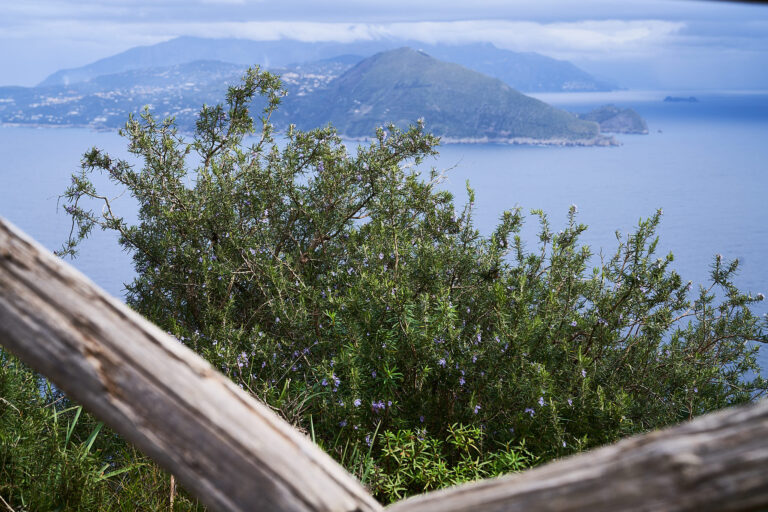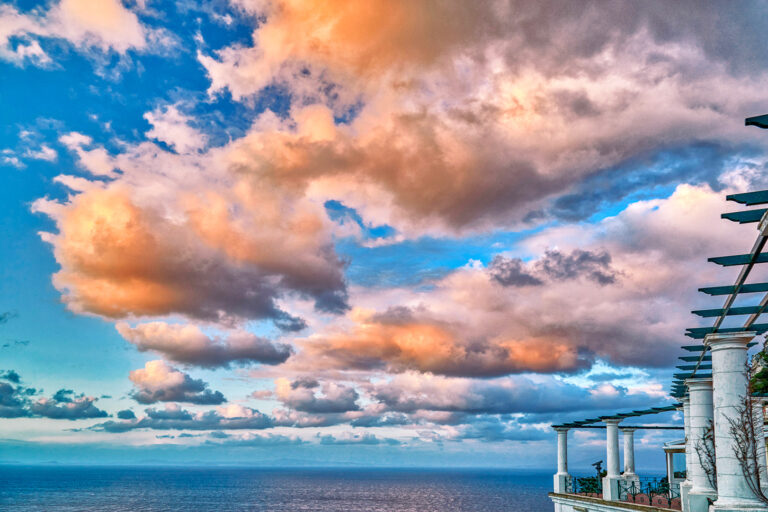One of the most elaborate geological complexes of the island is located near Punta Massullo, where Villa Malaparte stands. Two caves in one: the White Grotto, at sea level, and the Marvelous Grotto, in the upper part.
The White Grotto is so called for the color of the tuff that dyes the sea cavity with light shades. Wide and wide at the entrance, it is narrowing more and more, until it reaches a tufaceous platform where there are evident signs of the presence of man.
For centuries fishermen have known this cave which they use, as a shelter for boats, during the sudden storms (the summer and autumn zephyr tails) that hit the island.
The German scientist Kyrle discovered that the bodies of water, which are located inside this cave, have a large percentage of rainwater. At first it was thought of a spring, later it was discovered that it is the continuous dripping of rainwater to create these freshwater lakes.
The Marvelous Grotto is a terrestrial cave. The attribution of the discovery to him has been at the center of long judicial disputes. Well known by the islanders “schiappaiuoli” (men who climbed the rocks of the island barefoot to collect branches and wild herbs), it was explored and studied by two English rock climbers, J.O. Maud and Ralson Kennedy, in 1901.
Two years later, the writer Heinz Ewers, inventor of Capri horror stories, climbed up, reached the cave and described its magnificence in various German magazines. It was he who called it “Wonderful Grotto” and, for this discovery, he demanded that he be paid a percentage of the entrance which was refused.
It was the engineer Meyer, creator of Via Krupp who, at the beginning of the 20th century, designed the small pier and the staircase to ascend to the cave.
However, legal problems allowed the realization of this project only in 1927.
Visiting the Grotta Meravigliosa retraces the millenary geological stratification of the island: limestone, tuff, sandstone of various shades follow one another in the vaults of this geological wonder.
Dozens of large stalactites and stalagmites support the vaults and the ground and the continuous dripping of rainwater has allowed the birth of forms of plant life inside the cave.
For this reason, the visit of these “Caverns of Wonders” is a must in the tour of the island by boat.
Edited by Renato Esposito









